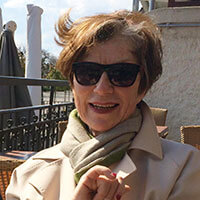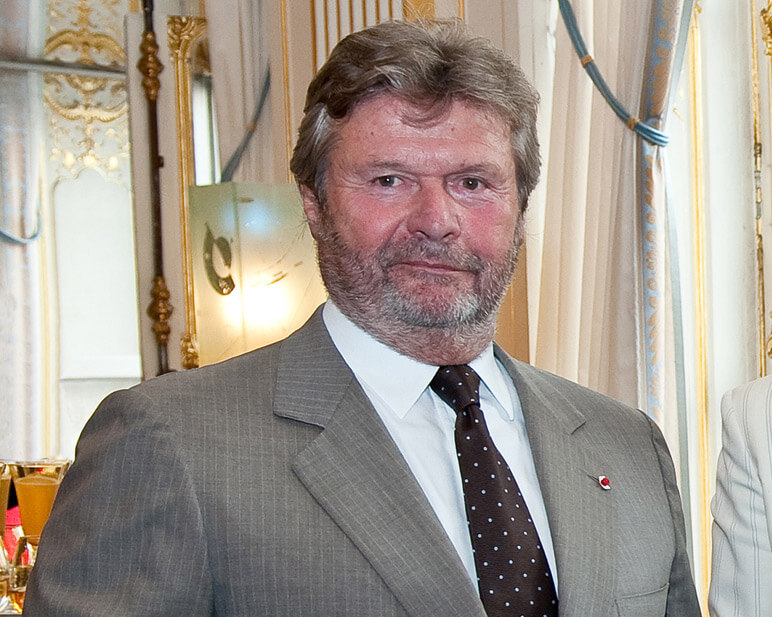The Fondation Cartier pour l’art contemporain was founded in Jouy-en-Josas in 1984 and moved to the striking Jean Nouvel building on Boulevard Raspail in Paris in 1994. There are rumours – neither confirmed, nor denied by General Director Hervé Chandès – that the foundation might expand or move to l’Ile Seguin, the former Renault car factory at Boulogne Billancourt, where a cultural megapolis is currently taking shape.
Contemporary philanthropy
By avoiding all links with Cartier products, except for a common logo, Alain Dominique Perrin reinstituted philanthropy in its original form, far removed from the strident strategies of contemporary marketing. In recognition of his brave call, François Léotard, Minister of Culture at the time, asked him to help write a law to encourage cultural philanthropy. A first law was adopted on 23 July 1987, followed by a more complete one in August 2003 that defines public utility status and harmonises tax exemptions. These measures have profoundly transformed the French cultural landscape by instigating a number of other art initiatives.
Founded as a creative space for artists, as well as a place where art and the general public can meet, the Fondation Cartier pour l’art contemporain is dedicated to promoting and raising public awareness of contemporary art. Its founding principles remain unchanged 30 years on. A team of 25 to 30 people, including three curators, assist Hervé Chandès, General Director of the Fondation. This number may increase according to the needs of the projects.
Over 200 unique exhibitions have been organised by the Foundation to this day, of which a hundred have travelled abroad. Three major events on various themes are generally organised each year. Various other events complete the program, including the Nomadic Nights that have happened over 500 times and have inspired similar events abroad. The Nights of Uncertainty, inaugurated in 2012, expand the scope of the artistic projects. In 2013, the Cartier Collection owned over 1’000 projects created by 370 artists from 50 nationalities, of which a large number are the direct result of collaborations with the Fondation.













